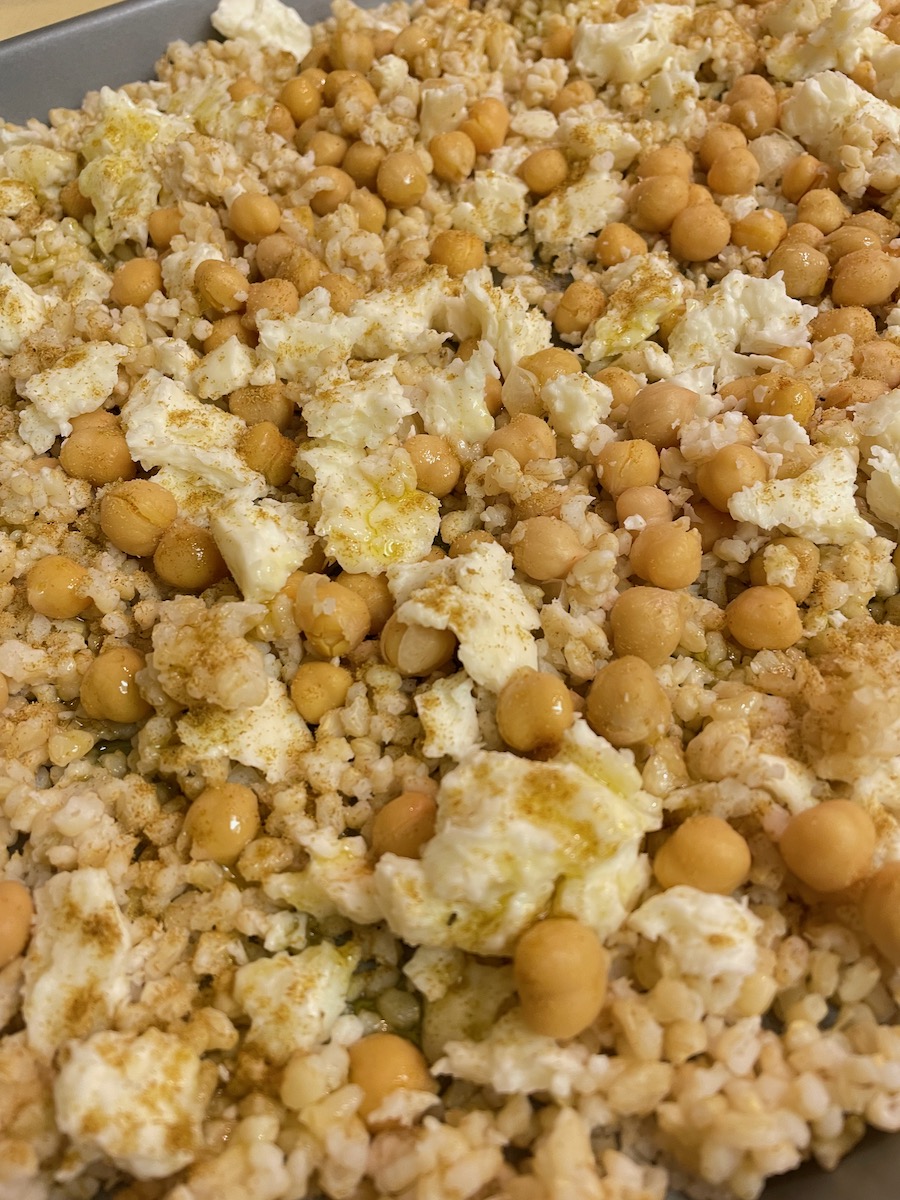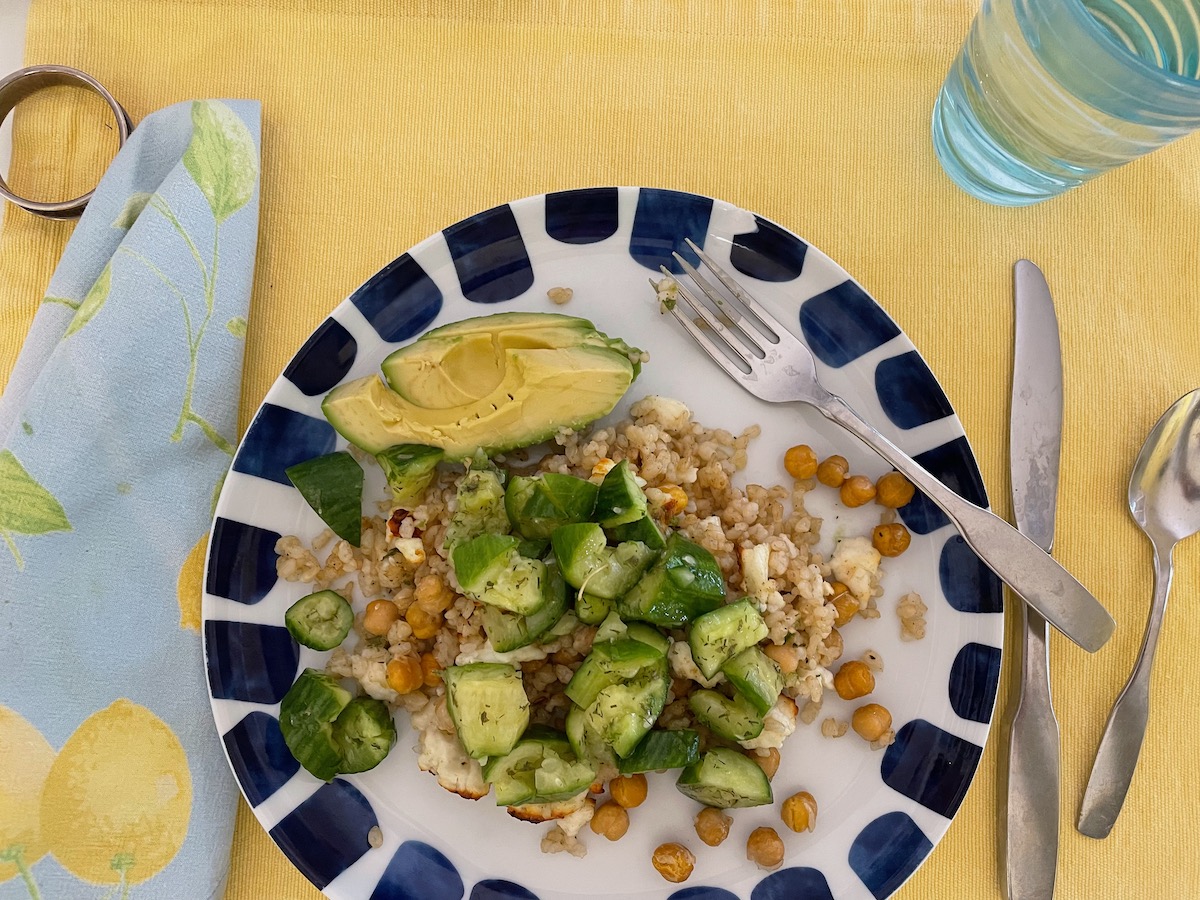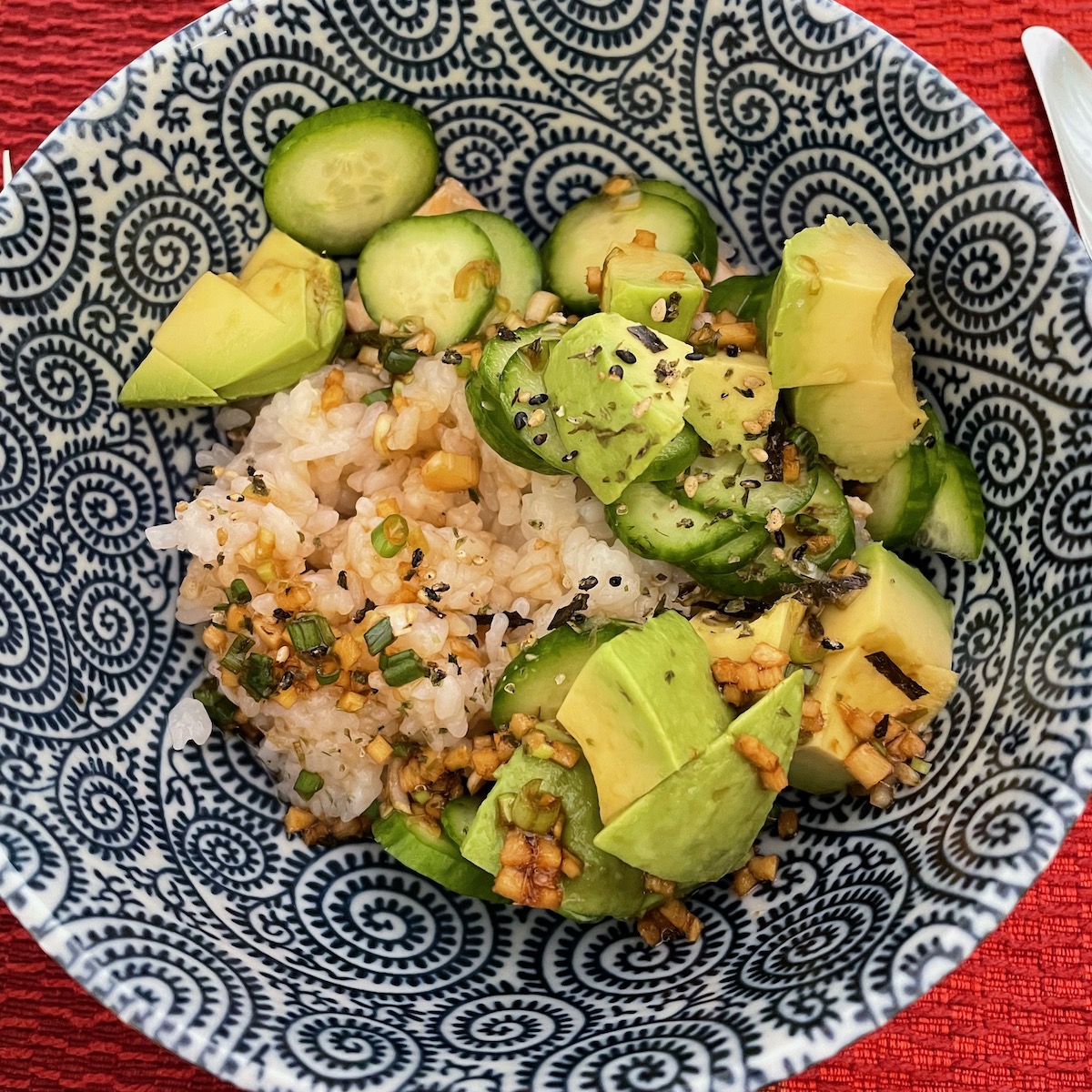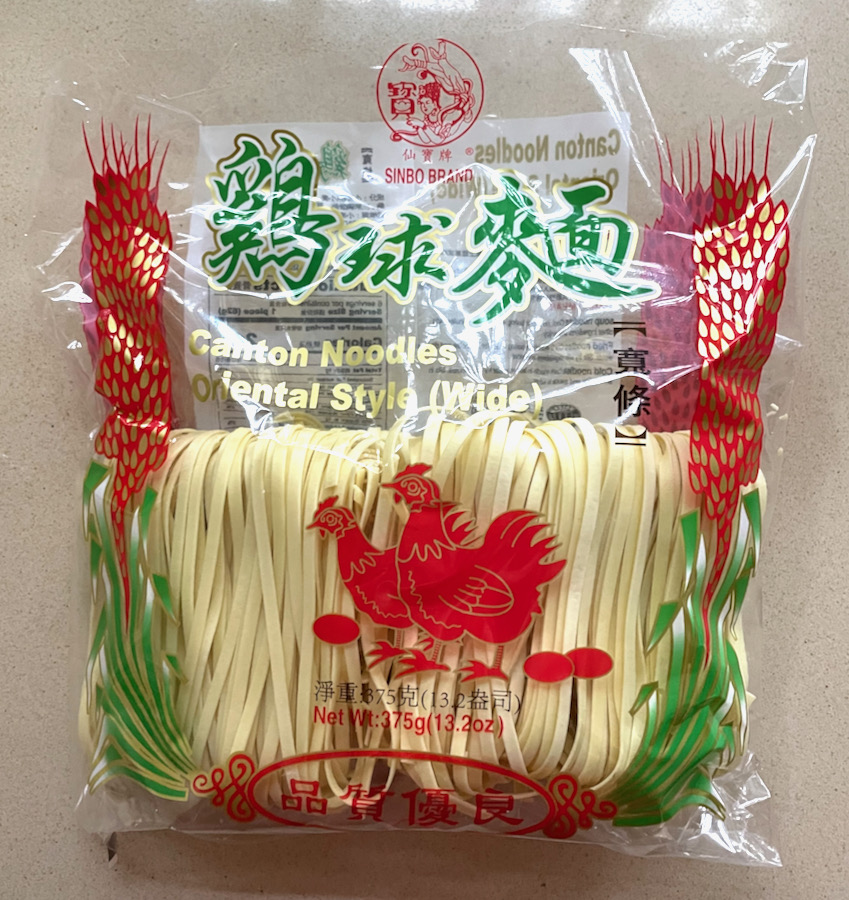
Thanksgiving 2022 was spent at my daughter’s home in a small town in Arizona. While we were there, two farm-to-table brown paper sacks were dropped off. I thought it was like Christmas with all this fresh produce from Rosebud Farms: pomegranates, red potatoes, cilantro, fresh baby greens, apples and several perfectly small ears of corn — baby corn. We served a salad that night with the fresh greens and arils, as earlier that afternoon I’d taught the charming granddaughter how to cut and submerge the pomegranate to pull out the tiny bits of red without getting it all over her.
As we were leaving the next morning, my daughter graciously gifted me the small ears of corn. We drove across the Mohave/Mojave, unpacked, and tired that night, I wanted something easy for dinner: Corn Chowder with fresh tender kernels of corn.
Fall Corn Chowder
4-5 small ears of corn, shucked, sliced off the cob (about 3 cups)**
2 slices of maple bacon, cut into small pieces
4 white rose potatoes, cut into bite-sized pieces
1/2 large onion (or 1 small onion) finely chopped
1/2 red or yellow pepper, finely chopped
1/4 cup flour
approximately 6 cups chicken broth (three 14-oz cans), divided
1/2 teaspoon celery seed
pinch of red pepper flakes
salt and pepper to taste
- In a medium saucepan, place the potatoes, covering with about 3 cups of chicken broth. You just want to cover the potatoes. The other chicken brother will be used later. Bring to a boil, then let simmer while you start the soup.
- In a heavy soup pot, cook the bacon, stirring to separate, but pulling just before it gets too brown. Remove bacon to drain on a plate topped with paper towels.
- To the bacon grease, add the onion and the pepper, and sauté until tender, without letting it burn or get brown.
- Sprinkle the flour over the top of the vegetables. We’ll be making a type of roux, where you cook the rendered fat from the bacon with flour, to take out the floury taste of the thickener. Stir, and add salt and pepper. It will thicken up really quickly.
- Using about 1/4 cup of reserved chicken broth at a time, add to the roux and vegetables. The first batch will be absorbed quickly. Add some more. And more, until you start to have a thickened paste.
- Check the potatoes for doneness, then pour the entire pan (potatoes and hot broth) into the soup pot, stirring all the while. It should separate, then thicken back again.
- Add more chicken broth until you like the consistency (I used all 6 cups), and simmer on low while you add:
• cut corn
• pinch of red pepper flakes
• 1/2 teaspoon celery seed
• salt and pepper to taste - Serve when corn is tender but still has some bit to it. We like to grind more pepper over the top, and sprinkle it with soup crackers.
**NOTE: If you are using summer corn, go for the most tender ears you can find, or cut back on the amount of corn to 2 1/2 cups or thereabouts.
























